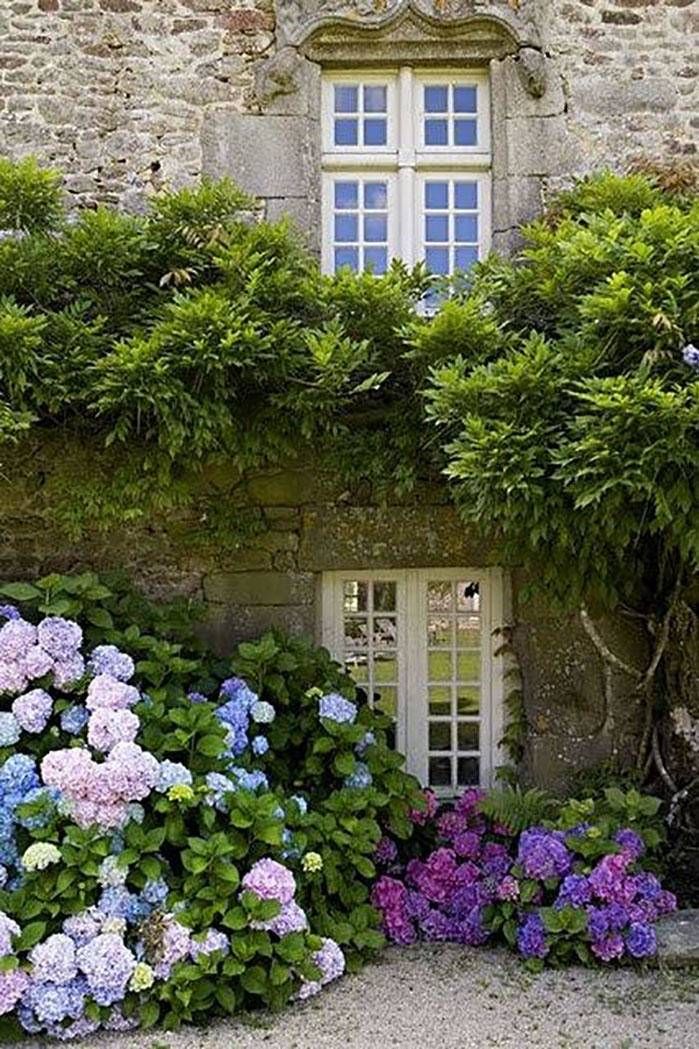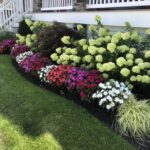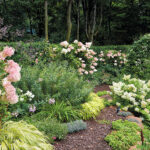Hydrangeas are a popular choice for landscaping due to their beautiful, colorful blooms and easy maintenance. These versatile plants can thrive in a variety of conditions and can be easily incorporated into any garden style.
When landscaping with hydrangeas, it is important to consider the different varieties available. There are hydrangeas that bloom in shades of pink, blue, white, and even green, so you can choose the ones that best complement your existing garden color scheme. Some popular varieties include the classic mophead hydrangea, the lacecap hydrangea, and the paniculata hydrangea.
Hydrangeas thrive in well-draining soil that is rich in organic matter. They prefer partial shade, although some varieties can tolerate full sun if provided with enough water. Make sure to water your hydrangeas regularly, especially during dry periods, and mulch around the base of the plant to help retain moisture and suppress weeds.
Pruning is an important aspect of landscaping hydrangeas. Most hydrangeas bloom on old wood, so it is important to prune them at the right time to avoid cutting off next year’s flowers. Mophead and lacecap hydrangeas should be pruned right after flowering, while paniculata hydrangeas can be pruned in late winter or early spring before new growth emerges.
Hydrangeas can be used in a variety of ways in landscaping. They can be planted as a hedge or border, used as a focal point in a flower bed, or even grown in containers on a patio or balcony. Their large, showy blooms can add a pop of color to any garden and attract pollinators like bees and butterflies.
In conclusion, landscaping with hydrangeas can add beauty and elegance to your outdoor space. By choosing the right varieties, providing proper care and maintenance, and incorporating them into your garden design, you can create a stunning landscape that will be the envy of your neighbors.
















